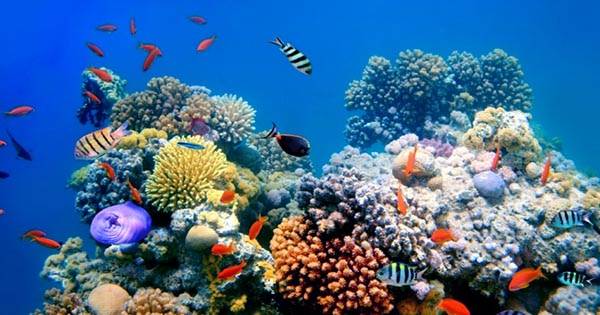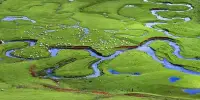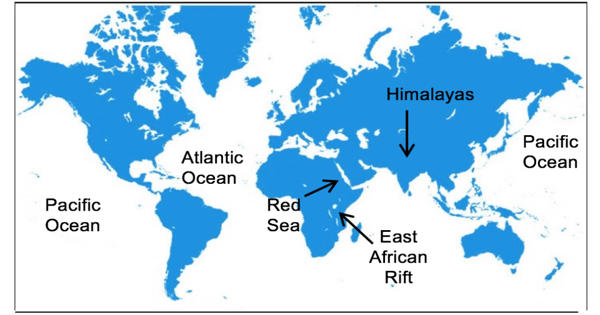There hasn’t been much good news for coral reefs in the oceans recently, but one man and his 3D printer may have saved the day. Alex Schofield, a design technologist for Objects and Ideograms, has been working on a revolutionary process for creating new skeletons for coral reefs to develop on, and lab tests have revealed that the idea has promise.
“For me, coral reefs were a fascinating task. I kind of stumbled into it by accident “According to ABC30, Schofield stated.” Hey, do you think you can 3D print coral?” a friend asked.
Schofield invented a means to mix calcium carbonate – the material that forms the structure of a coral reef – into 3D printing to produce sophisticated reef surfaces that could replace the genuine thing, and he did it from the Bay Area, San Francisco. Schofield might create an artificial reef with the requisite plane to support accommodation-seeking polyps by grinding calcium carbonate, sometimes known as limestone, into a fine powder.
“It (the calcium carbonate skeleton) is built layer by layer by the 3D printer,” Schofield explained. “It’s actually something with a lot of texture. There is a great deal of variety in it. There are several nooks and crannies to explore.”
Schofield and colleagues have been working on the technology since 2019 and have partnered with the College of the Arts and Buoyant Ecologies Float Lab in San Francisco Bay to evaluate the effectiveness of the printed structures. They discovered that the printed limestone structures attracted a wide range of aquatic creatures.
“We get a lot of intriguing and unique things that grow,” Schofield added. “We’ve seen oysters that are just starting to grow. There was a teeny-tiny crab dwelling there. There are numerous types of algae and microbes that produce much of the food and habitats that support fish and oysters.”
Coral polyps effectively go into these similar “nooks and crannies” on naturally occurring limestone to form reefs, which result in large colonies of creatures, earning reefs the nickname “rainforests of the sea.” Established coral reefs are thought to host a quarter of all known marine species, proving their importance in our ocean’s diverse ecosystem.
However, a recent landmark IPCC assessment portrayed an uncertain picture for the future of Earth’s coral reefs, claiming that warming of 2°C (3.6°F) might lead to their extinction.
While Schofield’s printer has potential for reefs, he hopes the technology will have broader uses in science and the environment.
“I’m hoping that this study will find a lot of use in the outdoors,” Schofield added. “That doesn’t mean I’m just going to print a bunch of stuff myself. It entails the printing of items by others. It implies that many scientists and individuals on the ground are actively working to take these and release them into the wild, giving coral a place to start growing.”
















